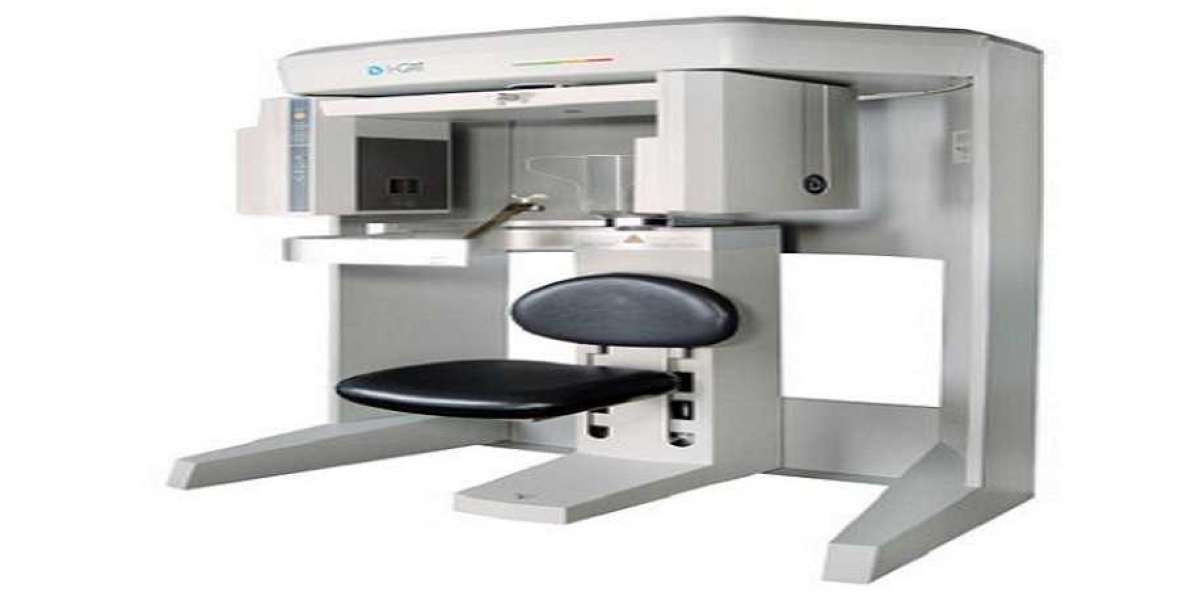Investing in a dental Cone Beam Computed Tomography (CBCT) system is a transformative step for any dental practice. A CBCT machine provides 3D imaging that enhances diagnostic accuracy, improves treatment planning, and expands your service offerings. However, with numerous models on the market and evolving technologies, buying the right dental cone beam CT system in 2025 requires careful consideration. Here are essential tips to guide your purchase decision.
1. Define Your Practice Needs
Before choosing a CBCT machine, assess your practice's specific needs. Understanding your primary use cases will help you select a system with the right features and capabilities.
Questions to Consider:
- What services do I offer? Implantology, orthodontics, endodontics, or oral surgery often require CBCT for precise planning and diagnosis.
- Do I need 2D and 3D imaging? Some CBCT systems offer hybrid functionality, combining panoramic X-rays with 3D imaging, which is ideal for general and specialty practices.
- What patient demographic do I serve? Pediatric practices may benefit from smaller fields of view (FOV) and low radiation doses, while oral surgeons might need larger FOV options.
By aligning your purchase with your clinical needs, you can maximize the value of your investment.
2. Understand Field of View (FOV) Options
The Field of View (FOV) determines the area of the cone beam CT scans. Different FOV sizes are suited for specific applications, so choosing the right one is critical.
FOV Categories:
- Small FOV (4x4 to 8x8 cm): Ideal for endodontics and single-implant cases, focusing on small areas with high resolution.
- Medium FOV (8x8 to 15x15 cm): Best for orthodontics, multi-implant planning, and TMJ imaging.
- Large FOV (16x16 cm or larger): Suitable for maxillofacial surgery and full-arch dental implant cases.
Many CBCT systems offer adjustable FOVs, giving you flexibility for various diagnostic needs. Ensure the system you choose supports the range you require.
3. Evaluate Image Quality and Resolution
High-resolution imaging is crucial for accurate diagnostics and treatment planning. Compare systems based on their ability to produce clear, detailed images.
Key Metrics:
- Voxel Size: Smaller voxels (measured in microns) indicate higher resolution. Endodontic cases often require voxel sizes of 75-150 microns.
- Dynamic Range: Look for systems with advanced contrast and sharpness to capture fine anatomical details.
- Low-Dose Technology: Ensure the machine delivers high-quality images while minimizing radiation exposure, particularly for pediatric and repeat patients.
4. Consider Software and Integration
The software that comes with a CBCT machine is just as important as the hardware. Look for systems with intuitive, feature-rich software that integrates seamlessly with your practice’s workflow.
Key Features to Look For:
- 3D Imaging Tools: Features like implant planning, airway analysis, and cephalometric tracing are essential for various specialties.
- Open-Architecture Systems: Ensure the CBCT system can export DICOM files to other platforms, making it compatible with your CAD/CAM or lab software.
- Cloud Integration: Cloud-based systems enable easy sharing of images with specialists or labs, streamlining collaboration.
Invest in a system with user-friendly software that your team can learn quickly and use effectively.
6. Budget for the Total Cost of Ownership
While the initial purchase price is important, consider the total cost of ownership (TCO), which includes installation, maintenance, and ongoing expenses.
Cost Considerations:
- Purchase Price: CBCT systems can range from $60,000 to $150,000 depending on features and brand.
- Software Fees: Check if there are recurring costs for software updates or cloud storage.
- Warranty and Support: Look for systems with extended warranties and responsive customer support to minimize downtime.
- Energy Efficiency: Modern CBCT machines with energy-efficient designs can reduce operational costs.
If budget constraints are a concern, consider certified pre-owned CBCT systems from reputable suppliers like Renew Digital, which offer cost savings up to 50% off without sacrificing quality.
8. Consider Portability and Space Requirements
Evaluate the physical size of the CBCT machine and whether it fits seamlessly into your office layout.
Space Considerations:
- Compact Models: Smaller systems are ideal for practices with limited space.
- Accessibility Features: Ensure the system accommodates patients with mobility issues.
- Future Growth: Choose a system that can handle increased patient volume as your practice expands.
9. Check for Financing Options
CBCT systems are a significant investment, and financing options can make high-quality machines more accessible.
Financing Tips:
- Manufacturer Financing: Many manufacturers offer financing plans tailored to dental practices.
- Tax Incentives: Take advantage of the Section 179 deduction, which allows you to deduct the full cost of qualifying equipment purchased and placed in service by year-end.
- Leasing vs. Buying: Leasing options may offer flexibility, especially for practices just starting out or expanding.
Armed with these tips for purchasing a dental cone beam system this upcoming year, you’re primed to improve the service offering of your practice while producing a quick return on investment. Get started shopping today, the right deal for you is out there.
For more information about Dental X-Ray Machine and Used Dental Equipment please visit:- Renew Digital, LLC













